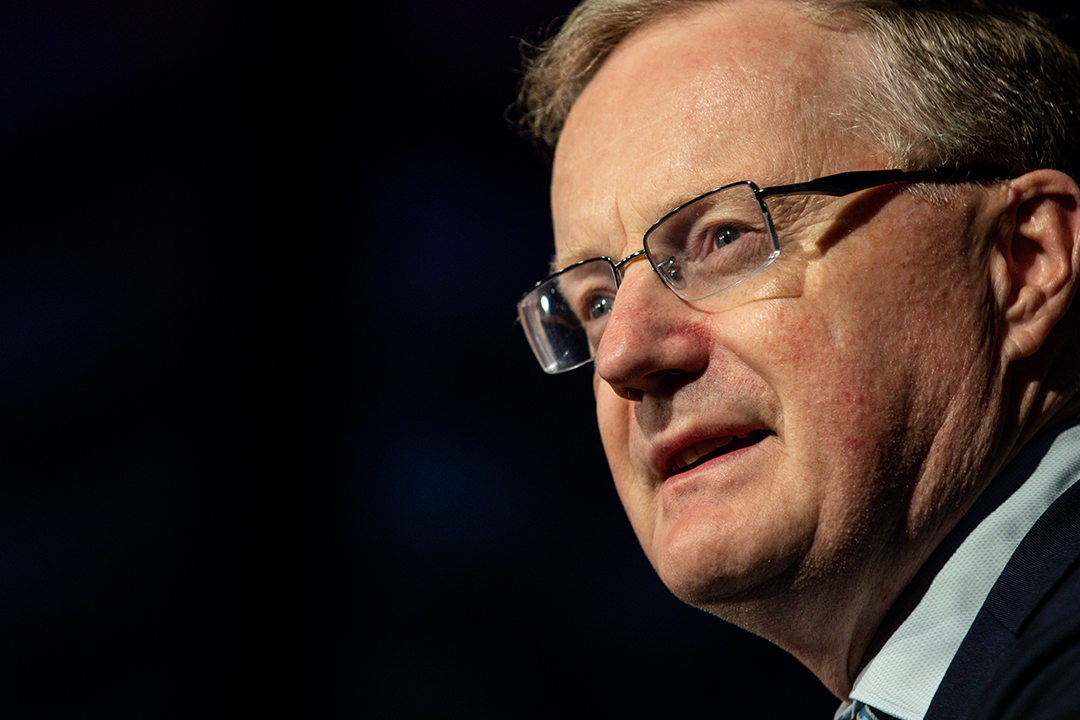

If you’re worried about interest rates going too high, the stock market falling and house prices tanking, then you better have a good idea about what’s going on in our economy. You also have to accept that what happens in the US and China is also important because the former drives stock markets and the latter (along with the US) are really important for global growth.
We are a huge exporter to the world. Exports actually drive 20% of our economic growth, and that means our growth of national income.
Yesterday we saw the latest job report for July and unemployment fell from 3.5% to 3.4%, which makes you think the RBA’s aggressive interest rate policy isn’t really working. If you want the pace of interest rate rises to slow down and stop, then you need these higher interest rates to slow down jobs growth, reduce retail spending and then see it all create lower economic growth rates.
Why do you want that? Well, a slower economy should bring inflation down, which should make the Reserve Bank ease up on rate rises, which then would be a prelude to a stop in these slugs to households’ income via higher mortgage repayments.
Interestingly, employment fell by 40,900 in July, which was more than the expert economists tipped for a rise by 25,000. Even more interesting was an 86,900 drop in full-time jobs.
That suggests that the rate rises might be working but there could be other reasons. We need to see a few months of falling job numbers before we can argue that the RBA’s rate rises are working.
The jobs report also showed that the participation rate fell from a record high of 66.8% in June to 66.4% in July and economists have believed that this participation rate can be a predictor of what is happening to an economy. A booming economy brings the rate up and a slowing economy brings it down, so this fall could be a plus for the RBA’s work to slow the economy down to kill inflation.
Once again we need to see some more months of economic data before we can give the RBA the thumbs up for “job done!” Also, hours worked fell by 0.8% to 1,840 million in July, which is another good/negative sign that the higher rates are reducing the demand from businesses to give workers hours to work.
That’s the RBA’s hit on the story on jobs, so what else is happening in the economy as interest rates rise? To wages, which is a big factor for inflation that the RBA wants to bring down, including bonuses (total hourly rates of pay), wages rose by 0.78% in the June quarter to be up by 3.13% on a year ago, which is the strongest annual growth rate in 9½ years (since December 2012).
That said, this rise was less than expert economists had been tipping and, as a consequence, CommSec’s Ryan Felsman reported this from the CBA economics team: “there is a risk the RBA does not hike the cash rate by 50 basis points at the September Board meeting and instead increases the cash rate by 40 or 25 basis points following today’s weaker-than-expected WPI print”.
This comes as consumers looked very spooked by the rate rises and the talk of a house price collapse.
The monthly Westpac-Melbourne Institute consumer sentiment index fell 3% in August – a ninth consecutive monthly decline – to a two-year low of 81.2 points. Sentiment is down 22% on a year ago.
Against that, the National Australia Bank (NAB) business confidence index rose from a 6-month low of 1.5 points in June to 6.9 points in July (long-run average: 5.4 points). And the business conditions index rose from 14.4 points in June to a 13-month high of 20.3 in July (long-run average: 6 points).
I think there’s a case for the RBA to go lighter in September and could easily increase rates by 0.25% rather than 0.5%, given some of the negative data above. However, I suspect the RBA Governor Dr Phil Lowe is scared of screwing up on his lower inflation quest so he’ll probably stick it to us one more time with a 0.5% rise in rates, and then he’ll pause to wait for the next inflation reading for the September quarter in October.
If that’s a good reading, we might see the cash rate end this year at 2.35% and that would be a better than expected result. Keep your fingers crossed that I’m on the money with this guess!